Search results for: “renewables”
-
Nuclear fusion: what are the challenges?
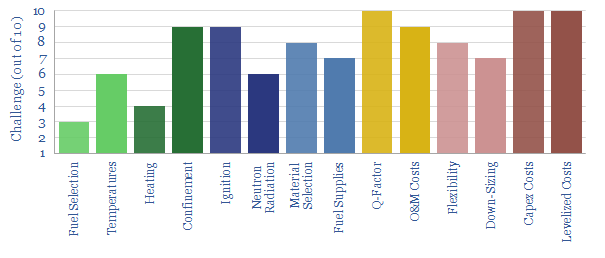
Nuclear fusion could provide a limitless supply of zero-carbon energy from the 2030s onwards. The goal of this 20-page note is simply to understand the challenges for fusion reactors, especially deuterium-tritium tokamaks. Innovations need to improve EROI, stability, longevity and costs.
-
Energy development times: first consideration to full production?
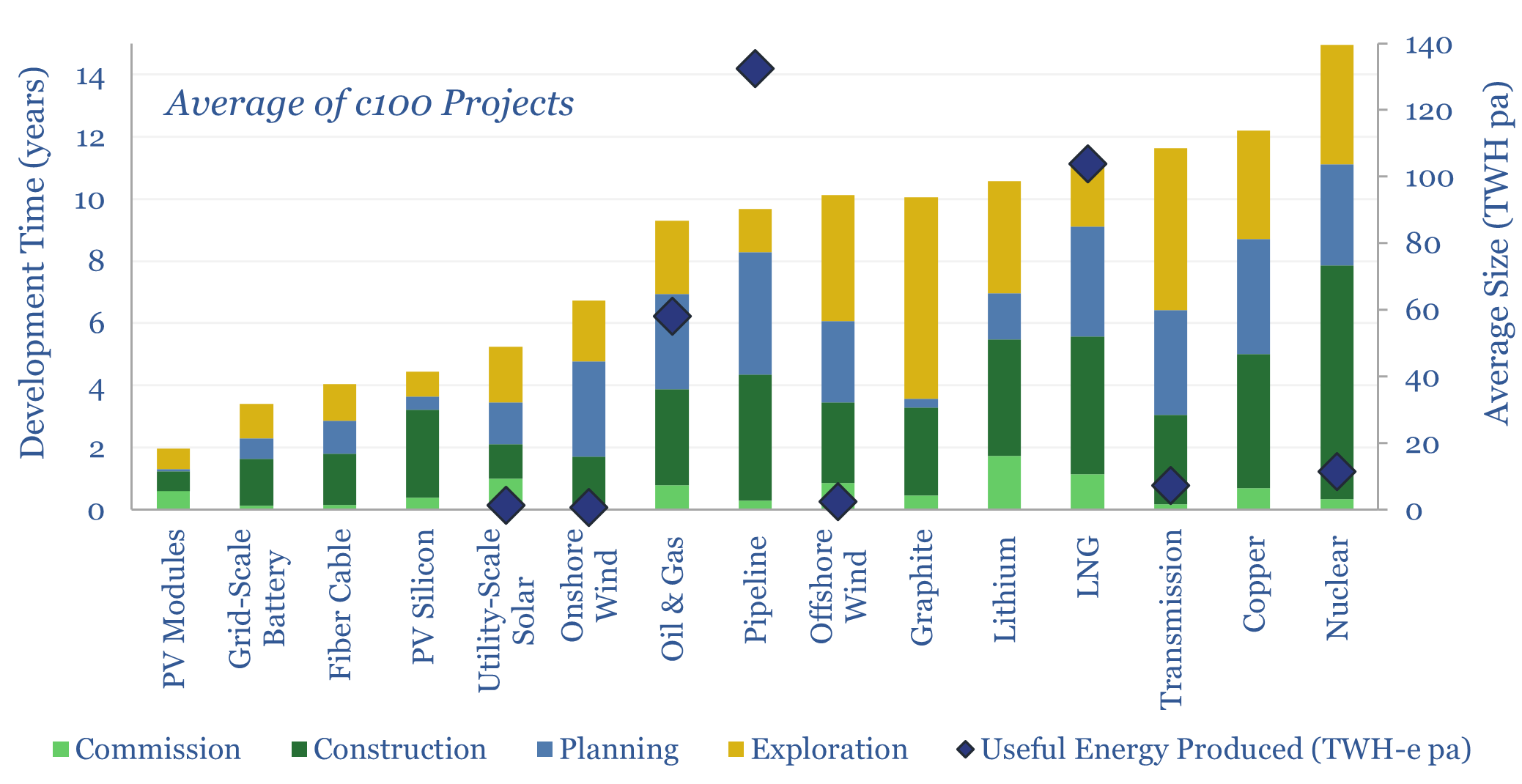
Full cycle development times tend to average c4-years for large solar projects, 6-years for large offshore wind, 7-years for new pipelines, 7-years for new oil and gas projects, 9-years for new LNG plants and 13-years for new nuclear plants. This data-file reviews 35 case studies.
-
First Solar: thin film solar breakthrough?
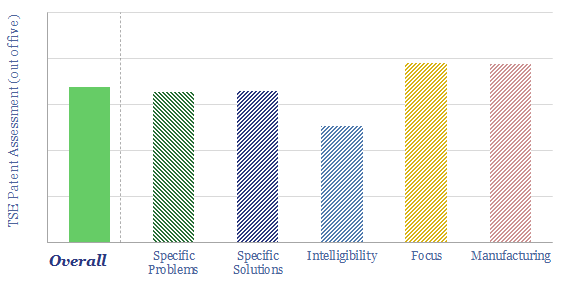
First Solar is a solar manufacturer with capacity to produce 8GW of solar panels per year, using CdTe thin film technology. It has production in the US and uses 60% less energy than photovoltaic silicon. Efficiency is interesting. It is usually lower for CdTe than c-Si, but 70% of First Solar’s patents target improvements.
-
Nexwafe: PV silicon breakthrough?
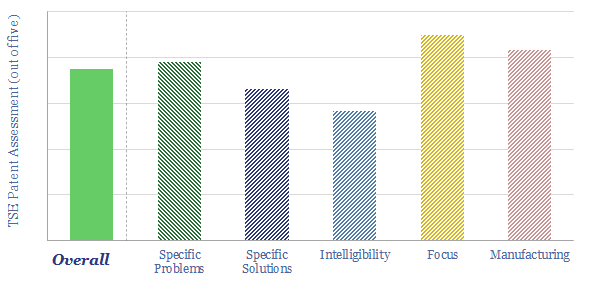
Nexwafe is growing standalone silicon wafers on mono-crystalline seed wafers, with no need to slice ingots. It should improve solar efficiency, materials intensity and CO2 intensity. Our technology review found 60 patent filings and can partly de-risk growth ambitions.
-
TOPCon: maverick?

A new solar cell is vying to re-shape the PV industry, with 2-5% efficiency gains and c25-35% lower silicon use. This 13-page note reviews TOPCon cells, which will take some sting out of solar re-inflation, tighten silver bottlenecks and may further entrench China’s solar giants.
-
Levelized cost: ten things I hate about you?
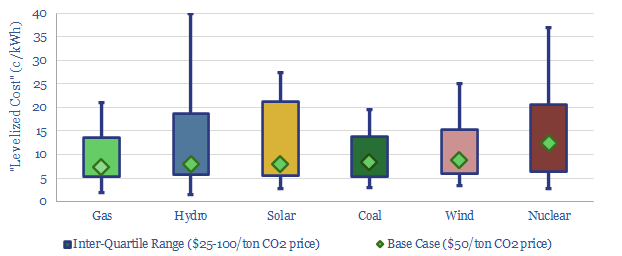
‘Levelized cost’ analysis can be mis-used, as though one ‘energy source to rule them all’ was on the cusp of pushing out all the other energy sources. Cost depends on context. Every power source usually ranges from 5-15c/kWh. A resilient, low-carbon grid is diversified. And there is hidden value.
-
Solar trackers: efficiency improvements?
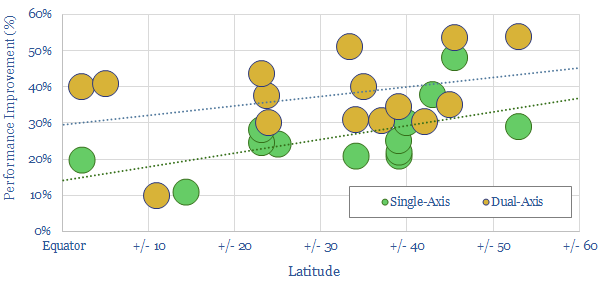
Trackers re-position solar panels to face the sun, as it arcs across the sky, day-by-day, season-by-season, due to the Earth’s 23.5-degree tilt. Solar tracker efficiency improvements typically range from 20-40%. Capex cost increases are c20%. Thus 40-90% of utility solar now uses trackers.
-
Solar volatility: interconnectors versus batteries?
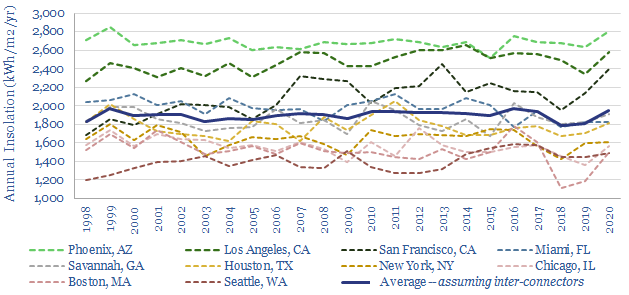
The solar energy reaching a given point on Earth’s surface varies by +/- 6% each year. These annual fluctuations are 96% correlated over tens of miles. And no battery can economically smooth them. Solar heavy grids may thus become prone to unbearable volatility. Our 17-page note outlines this important challenge, and finds that the best…
-
Electrification: the rings of power?
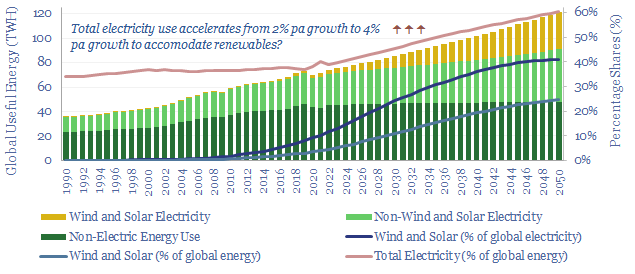
Electrification is the largest, most overlooked, most misunderstood part of the energy transition. Hence this 10-page note aims to explain the upside, simply and clearly. Electricity rises from 40% of total useful energy today to 60% by 2050. Within the next decade, this adds $2trn to the enterprise value of capital goods companies in power…
-
Energy costs of energy transition?

Reaching net zero requires building wind, solar, grid infrastructure, energy storage, EVs and capturing CO2. Thus the total energy costs of energy transition reach 1% of total global primary energy in 2025, 2% in 2030, 4% in 2040 and 6.5% in 2050. Energy transition is materially easier to achieve from a period of energy surplus.
Content by Category
- Batteries (89)
- Biofuels (44)
- Carbon Intensity (49)
- CCS (63)
- CO2 Removals (9)
- Coal (38)
- Company Diligence (95)
- Data Models (840)
- Decarbonization (160)
- Demand (110)
- Digital (60)
- Downstream (44)
- Economic Model (205)
- Energy Efficiency (75)
- Hydrogen (63)
- Industry Data (279)
- LNG (48)
- Materials (82)
- Metals (80)
- Midstream (43)
- Natural Gas (149)
- Nature (76)
- Nuclear (23)
- Oil (164)
- Patents (38)
- Plastics (44)
- Power Grids (130)
- Renewables (149)
- Screen (117)
- Semiconductors (32)
- Shale (51)
- Solar (68)
- Supply-Demand (45)
- Vehicles (90)
- Wind (44)
- Written Research (354)